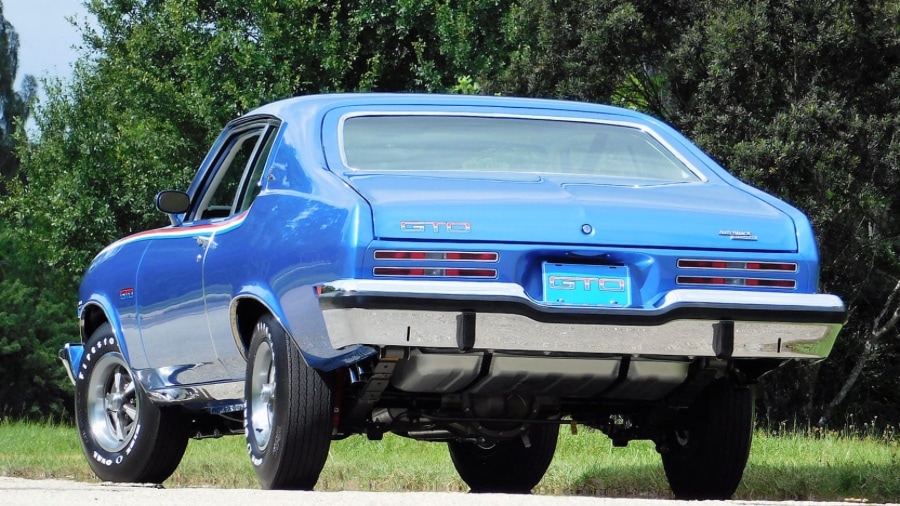The term “muscle car” symbolizes shiny, high-performance machines that can burn rubber with one step on the gas pedal. This is the true definition of the segment for most drivers. However, not all muscle cars are created this way. Some disgraceful muscle cars only look fast but are very slow.
These disgraceful muscle cars are a very interesting topic since so many models have never achieved popularity. Most were too slow. But some disgraceful muscle cars were fast but never found success for multiple reasons. We looked at 30 of the most disgraceful muscle cars that Detroit ever released below.
30. Pontiac GTO (1974)

The once-mighty Pontiac GTO was downsized from a separate model to a trim line option for the 1974 Pontiac Ventura. The Ventura was the smallest and cheapest Pontiac at the moment and was a Chevrolet Nova sister model. It was sad to see the once-glorious muscle car being downgraded to just a trim level. The GTO became merely decals on an economy model. It had a 5.7-liter V8 engine pumping out only 200 HP (via Hemmings).

The 1974 GTO was considered a pathetic attempt to recapture its former glory of the GTO. But the market didn’t fall for the trick. This was also the final year for the classic GTO nameplate. After 7000 examples were produced, the GTO quietly left the scene. Today, those last-year GTOs generate some attention simply as they are the last of the breed. But everybody agrees that the ’74 Ventura GTO is a slow muscle car that simply just boasts a famous name.
